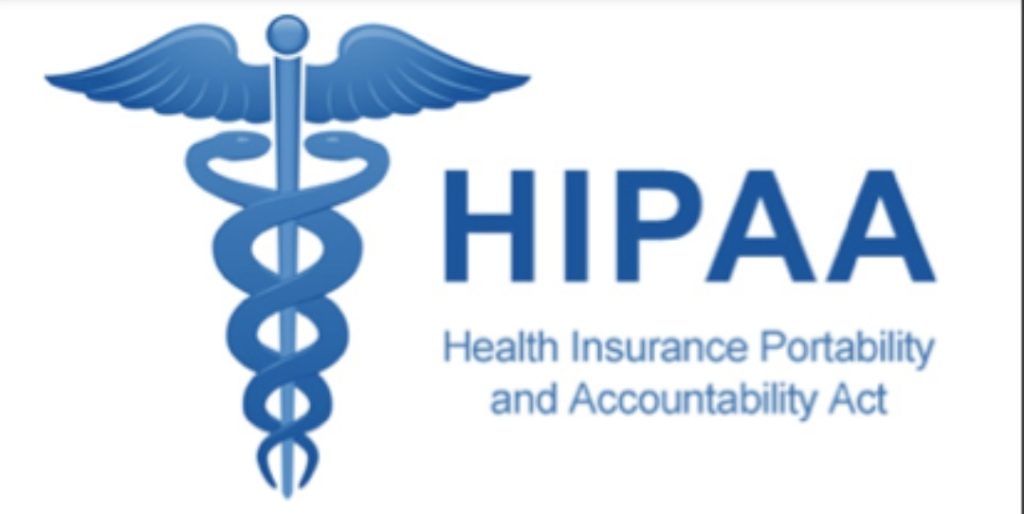Revamping HIPAA Security Rules to Safeguard ePHI in a Digital Age
The Health and Human Services (HHS) Office for Civil Rights recently proposed significant updates to the HIPAA Security Rule, marking the most comprehensive modifications in over a decade. These changes aim to bolster cybersecurity in response to escalating cyberattacks targeting the healthcare sector, ensuring the robust protection of electronically protected health information (ePHI).
Why Updates to the HIPAA Security Rule Are Necessary
HHS cited the rapid evolution of technology and the increasing sophistication of data breaches as driving forces behind the proposed updates. Existing guidance, such as the Health Industry Cybersecurity Practices and HHS cybersecurity performance goals (CPGs), though helpful, no longer suffice for ensuring compliance. The proposed changes align with these guidelines while adding more detailed requirements to mitigate risks effectively.
Key Proposed Changes in the HIPAA Security Rule
The proposed modifications focus on specific actions healthcare organizations and their associates must implement to enhance ePHI security:
- Technology Asset Inventory and Network Mapping:
Healthcare entities must create a comprehensive inventory of technological assets and develop network maps showing ePHI movement. These tools will help organizations monitor data flows and identify vulnerabilities. - Risk Analysis with Increased Specificity:
Organizations must perform detailed risk assessments, including an analysis of their technology asset inventory and network maps. These assessments should identify potential threats and evaluate the severity of each risk. - Uniform Implementation Specifications:
HHS proposes eliminating the distinction between “required” and “addressable” specifications. All specifications would become mandatory, ensuring consistent compliance across entities. - Enhanced Security Measures:
New requirements include multifactor authentication, network segmentation, semi-annual vulnerability scanning, and antimalware protection. - Annual Compliance Audits and Certification:
Covered entities must conduct annual compliance audits. Business associates are also required to certify the implementation of technical safeguards every 12 months.
The Customer Experience Impact of Strengthened Compliance
These updates reflect HHS’s commitment to improving trust and resilience in healthcare systems. Patients and providers alike benefit from reduced vulnerabilities and enhanced protections against cyberattacks. Improved security safeguards patient trust, minimizes care disruptions, and prevents delays in medical procedures.
Challenges and Opportunities for Stakeholders
While stakeholders may face increased operational and compliance costs, the benefits outweigh the challenges. Enhanced clarity and specificity provide actionable insights, enabling healthcare organizations to adopt uniform security practices efficiently.
A Call for Industry Feedback
Once the proposed changes are published in the Federal Register on January 6, 2025, stakeholders will have a 60-day window to submit their comments. This feedback will shape the final version of the rule, ensuring it balances security needs with operational feasibility.

Conclusion: Strengthening the Future of Healthcare Cybersecurity
HHS’s proposed updates to the HIPAA Security Rule mark a critical step in addressing the ever-changing cybersecurity landscape. By emphasizing proactive measures and unified compliance, these changes promise a more secure and resilient healthcare system for all. Stakeholders are encouraged to engage in the rulemaking process, ensuring their voices contribute to shaping a safer future for healthcare data security.
This modernized approach highlights how customer-centric innovations can mitigate risks while enhancing patient confidence and operational integrity in the healthcare industry.

